Keynote Speaker 1: Dr. Abdul Raouf
Event Details
Presentation Title: Identification and mapping of cemeteries/unmarked graves Description: The remote sensing technologies provide unique data collection/analysis opportunity advancements of Remotely Piloted Aerial Systems (RPAS), satellite technologies, and other platforms have
Event Details
Presentation Title: Identification and mapping of cemeteries/unmarked graves
Description:
The remote sensing technologies provide unique data collection/analysis opportunity advancements of Remotely Piloted Aerial Systems (RPAS), satellite technologies, and other platforms have opened a new application area of remote sensing. Sensors mounted on these platforms are capable of recording data which may not be seen by the human eye or hidden beneath the surface of the Earth. These technologies were used to identify unmarked graves at the Cowesses First Nation IR 73 and an effective strategy was proposed. Geographic Information System (GIS) was used to create online maps of the grave site. The coordinates of the graves were collected using land surveying techniques and displayed on a digital map using Geographic Information System (GIS) techniques. The names and death dates of the deceased people buried in the existing cemetery were collected through community consultation and historical records searches. This information was used to develop a geodatabase and attached with the grave points to create an interactive online cemetery/story map. Search tools were added to these maps to facilitate navigation through the cemetery and grave identification. It is hoped that these maps can be used for grave location identification and effective cemetery management.
more
Time
(Monday) 9:00 AM - 10:00 AM(GMT-07:00) View in my time
Speakers for this event
-
Dr. Abdul Raouf
Dr. Abdul Raouf
Research Chair, Ph.D
Dr. Abdul Raouf has over 30 years of post Ph.D. applied research, teaching, and training experience. He has worked for prestigious space research organizations including the European Space Agency and has been working with Saskatchewan Polytechnic since 2014. His research interests are focused on the applications of Remote Sensing, Geographic Information System (GIS), and Global Navigation Satellite System (GNSS) technologies for resource exploration, mapping, management, environmental impact assessment, land-cover/land-use mapping, vegetation mapping, and disaster mitigation. He is particularly interested in the use LIDAR data for vegetation analysis, landslide mapping and flood zone delineation. He has published several research papers in peer review journals, has provided reviews of research papers to be published in scientific journals, and worked as a guest editor. He has been actively involved with the First Nation Communities and have created digital maps of Indian Reserves to facilitate communities and first responders. He has been working with Cowessess First Nation for identification of unmarked graves using remote sensing technologies and also have created interactive cemetery maps.
Research Chair, Ph.D
Schedule
- Day 1
- November 21, 2022
9:00 am Keynote Speaker: Dr. Abdul Raouf9:00 am - 10:00 amPresentation Title: Identification and mapping of cemeteries/unmarked graves Description: The remote sensing technologies provide unique data collection/analysis opportunity advancements of Remotely Piloted Aerial Systems (RPAS), satellite technologies, and other platforms have opened a new application area of remote sensing. Sensors mounted on these platforms are capable of recording data which may not be seen by the human eye or hidden beneath the surface of the Earth. These technologies were used to identify unmarked graves at the Cowesses First Nation IR 73 and an effective strategy was proposed. Geographic Information System (GIS) was used to create online maps of the grave site. The coordinates of the graves were collected using land surveying techniques and displayed on a digital map using Geographic Information System (GIS) techniques. The names and death dates of the deceased people buried in the existing cemetery were collected through community consultation and historical records searches. This information was used to develop a geodatabase and attached with the grave points to create an interactive online cemetery/story map. Search tools were added to these maps to facilitate navigation through the cemetery and grave identification. It is hoped that these maps can be used for grave location identification and effective cemetery management.Speakers: Dr. Abdul Raouf
